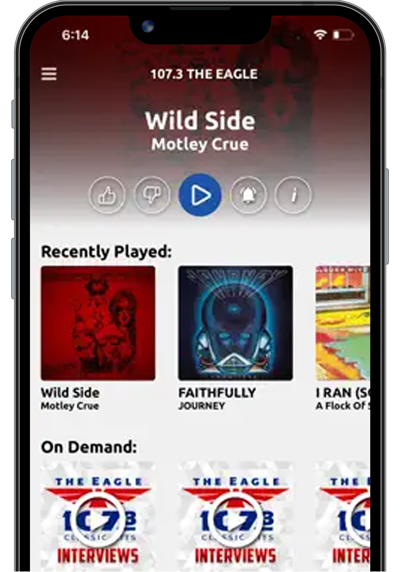As the number of COVID-19 infections continues to rise, more people are wondering how they will know if they have contracted the novel coronavirus.
While rapid testing is available in many areas, it generally takes the onset of symptoms to send a person to a doctor for a COVID-19 test.
If you believe you may have contracted the virus, what symptoms will you have and when are symptoms likely to appear?
Here’s what we know now:
When will you begin to see symptoms?
The incubation period for COVID-19 — the time between when you become infected with a virus and when you begin to show symptoms — is believed to be around five days.
According to WebMD, most people who will experience symptoms of the virus will do so five to 12 days after exposure.
If you haven’t shown symptoms of the virus by Day 12, are you OK?
By 12 days after exposure, the majority of people who are going to have symptoms will have begun to experience them.
Researchers point out two things, however. Some people could be symptom-free for up to 14 days after exposure, and some people infected with the virus never show symptoms.
Whether you have symptoms or not, if you are infected with the virus you can spread it to someone else.
When would you be most contagious to others?
According to the CDC, people infected with the COVID-19 virus can begin spreading it to others two to three days before symptoms begin.
That is when people are believed to be most contagious.
What should I do if I traveled and may have been exposed to the virus?
The CDC recommends you quarantine if you believe you have been exposed to the novel coronavirus. You should stay home, keep at least six feet away from other people, wash your hands and wear a cloth face mask if you have to go out.
What are the symptoms of COVID-19?
People with these symptoms may have COVID-19. The symptoms below are also symptoms of many other conditions and having any of them does not necessarily mean a person has the COVID-19 virus.
- Fever or chills
- Cough
- Shortness of breath or difficulty breathing
- Fatigue
- Muscle or body aches
- Headache
- New loss of taste or smell
- Sore throat
- Congestion or runny nose
- Nausea or vomiting
- Diarrhea
Look for emergency warning signs for COVID-19. If someone is showing any of these signs, seek emergency medical care immediately:
- Trouble breathing
- Persistent pain or pressure in the chest
- New confusion
- Inability to wake or stay awake
- Bluish lips or face
More coronavirus pandemic coverage:
>> Coronavirus: How COVID-19 progresses; a day-by-day breakdown of symptoms
>> Coronavirus: CDC acknowledges airborne transmission of COVID-19
>> Dangerous hand sanitizer list up to more than 150 products, FDA announces
>> Wash your masks: How to clean a cloth face covering
>> Fact check: Will masks lower the oxygen level, raise the carbon dioxide in your blood?
Cox Media Group




:quality(70)/cloudfront-us-east-1.images.arcpublishing.com/cmg/5KRWSKTPSNFTTHWGC5V3K2FQJQ.png)
:quality(70)/cloudfront-us-east-1.images.arcpublishing.com/cmg/G6ALIJDNANFC3M5SLOIZUZKUE4.png)
:quality(70)/cloudfront-us-east-1.images.arcpublishing.com/cmg/RGAAFXZS6NF6BH6E62O6EF4OSM.jpg)
:quality(70)/cloudfront-us-east-1.images.arcpublishing.com/cmg/V6APUI3KNRHSNIJWP4N7V22FG4.png)
:quality(70)/cloudfront-us-east-1.images.arcpublishing.com/cmg/2XS66IE5BVE4ZEPOVRYCNPBXDA.png)
:quality(70):focal(633x352:643x362)/cloudfront-us-east-1.images.arcpublishing.com/cmg/PG2Q5QRRJBCCHHTO2OGP77N4PA.png)